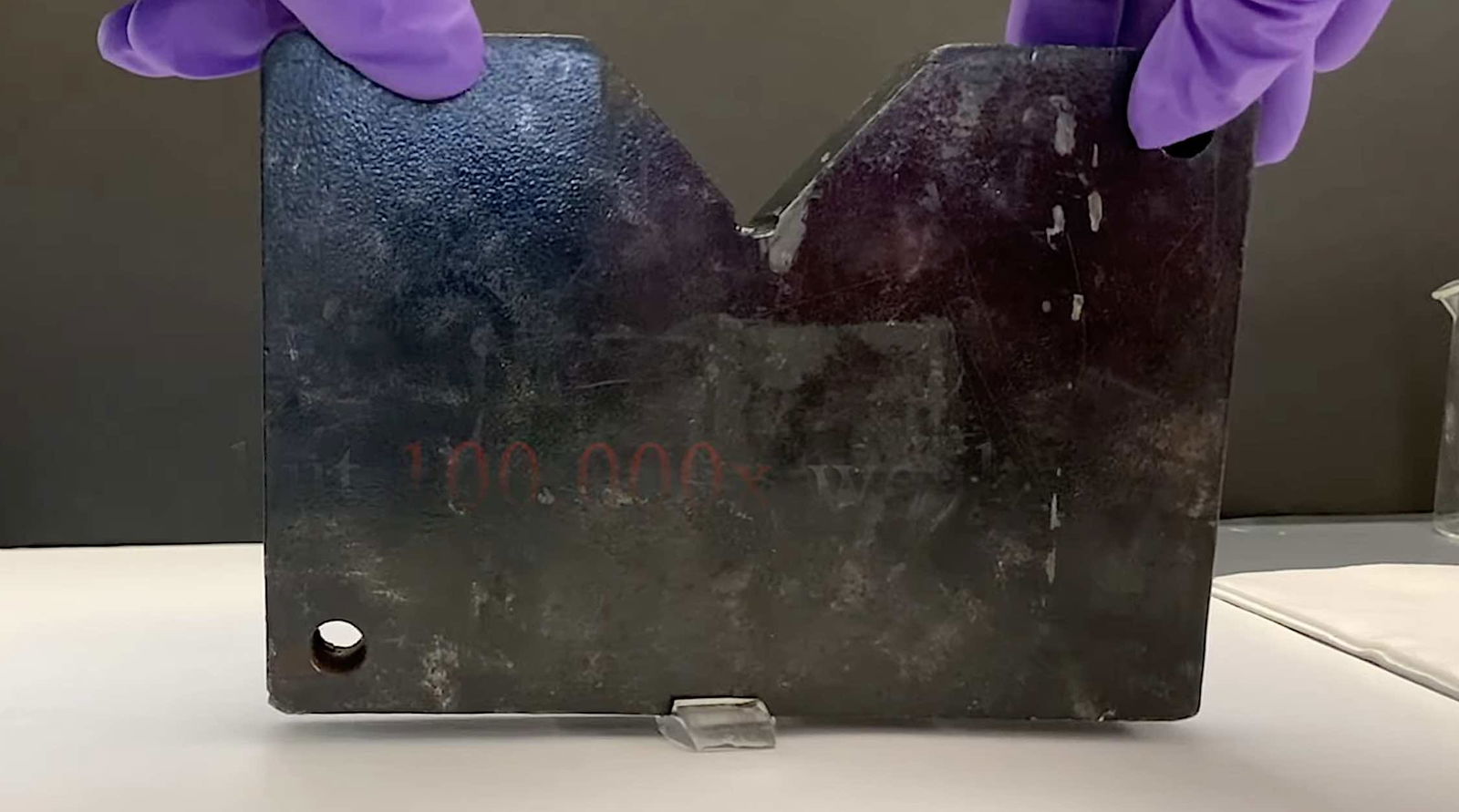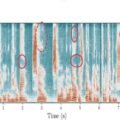A team of researchers from North Carolina State University (NC State) says they have created an entirely new class of materials called glassy gels.
While glasses and gels have traditionally belonged to two separate material classes, the team says that their new glassy gels combine the best of both materials.
“We’ve created a class of materials that we’ve termed glassy gels, which are as hard as glassy polymers, but – if you apply enough force – can stretch up to five times their original length rather than breaking,” said Michael Dickey, corresponding author of a paper on the work and the Camille and Henry Dreyfus Professor of Chemical and Biomolecular Engineering at NC State. “What’s more, once the material has been stretched, you can get it to return to its original shape by applying heat.”
Creating Glassy Gels is Surprisingly Easy
To create their new class of material, the NC State team started with the liquid precursors for traditional glassy polymers like those used to make water bottles or other hard plastics and mixed them with a type of ionic liquid. According to Dickey, the ionic liquid is a basic solvent, like water, “but is made entirely of ions.”
“Normally, when you add a solvent to a polymer, the solvent pushes apart the polymer chains, making the polymer soft and stretchable,” Dickey explained. “That’s why a wet contact lens is pliable, and a dry contact lens isn’t.”
However, in glassy gels, the opposite happens. The solvent pushes the molecular chains in the liquid polymer apart, resulting in a material that is stretchable, like a gel. At the same time, the ions found in the solvent are strongly attracted to the polymer, preventing the chains from moving. This is what makes them rigid, like glasses. The combination of the two is a new class of material that possesses the best qualities of both.
“The end result is that the material is hard due to the attractive forces but is still capable of stretching due to the extra spacing,” said Dickey.
Once combined, this material combination is poured into a pre-shaped mold and then placed under an ultraviolet (UV) light. The UV rays “cure” the material, resulting in a glassy gel. The researchers say their solution can also be used in a 3D printer, which could print glassy gels into customized shapes.
“Creating glassy gels is a simple process that can be done by curing it in any type of mold or by 3D printing it,” says Dickey. According to the researchers, this ease of creation means that their material is not only versatile but could also end up being cheaper than current industrial methods.
“Most plastics with similar mechanical properties require manufacturers to create polymer as a feedstock and then transport that polymer to another facility where the polymer is melted and formed into the end product,” Dickey explained.
New Material Has Numerous Unique and Valuable Properties
Along with the resilience of their new class of materials, the researchers behind its creation say it has a number of unique and valuable properties. For example, since glassy gels contain a large amount of water, they are significantly more electrically conductive than most rigid polymers.
“A key thing that distinguishes glassy gels is that they are more than 50% liquid, which makes them more efficient conductors of electricity than common plastics that have comparable physical characteristics,” explained Meixiang Wang, co-lead author of the paper and a postdoctoral researcher at NC State.
The researchers also say that the surface of their glassy gels is highly adhesive, which is unusual for hard materials. Oddly, they still don’t know why their glassy gels are so adhesive.
“Maybe the most intriguing characteristic of the glassy gels is how adhesive they are,” says Dickey. “Because while we understand what makes them hard and stretchable, we can only speculate about what makes them so sticky.”
Also interesting is the fact that although the glassy gels can contain as much as 60% water in some cases, they don’t dry out or evaporate.
“Considering the number of unique properties they possess, we’re optimistic that these materials will be useful,” Wang says.
With their work published in the journal Nature, the NC State team says they are exploring other polymer precursors to determine which are compatible with creating glassy gels and which are not. In particular, the team says that polymers that are charged or polar hold promise for glassy gels since this means they’re attracted to the ionic liquid.
Moving forward, Professor Dickey believes that their material is unique and versatile enough to attract commercial partners who can exploit their invention.
“We’re excited to see how glassy gels can be used and are open to working with collaborators on identifying applications for these materials,” he said.
Christopher Plain is a Science Fiction and Fantasy novelist and Head Science Writer at The Debrief. Follow and connect with him on X, learn about his books at plainfiction.com, or email him directly at christopher@thedebrief.org.

